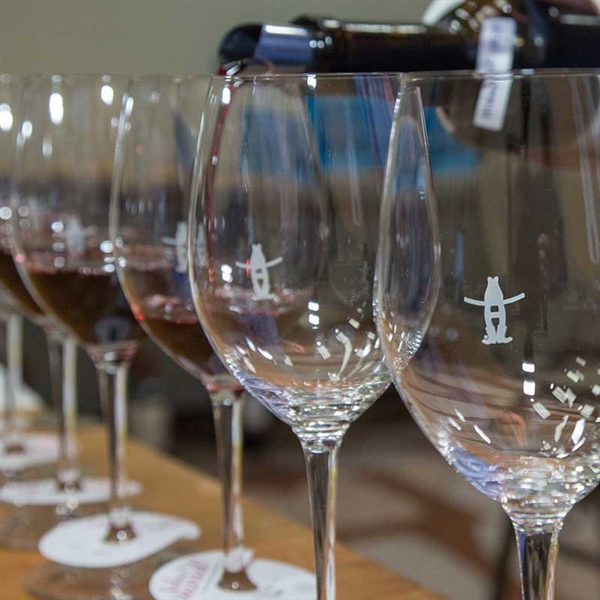By Nan McCreary
What is Madeira? Madeira is a fortified wine made on the Portuguese Island of Madeira, near Africa. The wine was discovered by accident, Madeira was a popular port of call and sailing ships passing through would load up with barrels of the wine, which was fortified for preservation purposes. Winemakers discovered that during the long ocean voyages, the heat from the sun and motion of the waves transformed the wine into something more desirable than the original, so they began to develop methods on the island to produce the same aged and heated style.
The 18th century was the golden age of Madeira. The wine was the beverage of choice in the colonies because it could withstand the long journey across the Atlantic without losing flavor, and it was not taxed. It was so popular in the colonies that by the mid-1700s, Americans were consuming roughly one quarter of all Madeira in the world. In 1768, the wine became a symbol of the American Revolution when the city of Boston rioted after the British seized John Hancock’s shipload of Madeira. This was a precursor to the Boston Tea Party and, eventually, the American Revolutionary War.
Clearly, Madeira was America’s wine. It is said that:
- Thomas Jefferson consumed 3,500 bottles during the first year of his presidency alone. In 1792, Jefferson also toasted with Madeira when he decided to locate the U.S. Capitol in Washington.
- George Washington was reputed to drink a bottle of it a day and supplied his troops liberal amounts of the elixir throughout the war. He also toasted with it at his inauguration.
- Betsy Ross sipped Madeira while sewing the American Flag.
- Francis Scott Key was drinking it while he wrote the National Anthem.
- And Madeira was used to toast the signing of the Declaration of Independence on July 4, 1776. A few days before the Constitution was signed, 55 people — including our Founding Fathers — consumed 54 bottles of Madeira at the City Tavern in Philadelphia.
- Successive American Presidents have kept up this presidential tradition, including Barack Obama, who honored other presidents and toasted his inauguration as President of the United States of America with a glass of Madeira wine in 2009.
We now have our own American wines, but lately there has been a bit of a Madeira renaissance among consumers who enjoy its flavors of caramel, walnut oil, peach, hazelnut, orange peel, and burnt sugar. There are two main types of Madeira: blended, which is generally less expensive; and single varietal, the highest quality made primarily from four different varieties. Per “Wine Folly,” these four different varieties consist of:
- Sercial, the most dry and crisp style, with bright, lemon and citrus peel flavors.
- Verdelho, the middle-of-the-road style that has bright acidity and spiced flavors of paprika, baked apple, dried chili mango and lava-like minerality.
- Boal, also known as Bual, a classic collectible Madeira with high intensity aromas of caramel apple, true cinnamon, burnt sugar and sometimes rubber cement
- Malvasia, also known as Malmsey, the sweetest style of Madeira with complex flavors of black walnut, Sichuan pepper, pink peppercorn, dried mission fig and wet lava rocks.
Dry styles of Madeira, like Sercial and Verdelho, are served chilled with starter courses, and sweeter styles are often after-dinner-sippers served slightly cooler than room temperature. For drier Madeira wines, use standard white wine or sparkling wine glasses with enough space to swirl and aerate the wine to release its aromatics. For sweeter Madeira, use a small Port or other dessert wine glass.
Try America’s patriotic wine and enjoy a taste of tradition. Our Founding Fathers would be proud.


